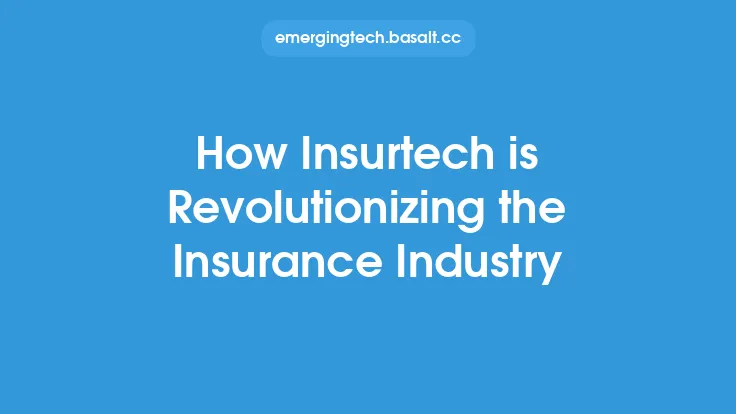The travel industry has undergone significant transformations in recent years, driven by advances in technology and changing consumer behaviors. One of the most notable developments is the rise of virtual tours, which are revolutionizing the way people plan, experience, and interact with destinations. Virtual tours are immersive, interactive, and often 360-degree experiences that allow users to explore places remotely, using a combination of images, videos, and other multimedia elements.
What are Virtual Tours?
Virtual tours are digital representations of physical locations, created using a range of technologies, including 360-degree photography, virtual reality (VR), and augmented reality (AR). They can be accessed through various devices, including desktop computers, laptops, smartphones, and tablets, and can be used to explore a wide range of destinations, from hotels and resorts to cities, landmarks, and cultural attractions. Virtual tours can be used for various purposes, including travel planning, education, marketing, and entertainment, and can be designed to provide a realistic and engaging experience, complete with interactive features, such as hotspots, audio commentary, and virtual guides.
How are Virtual Tours Created?
The creation of virtual tours involves several steps, including planning, photography, stitching, and post-production. The process typically begins with planning, where the location and scope of the tour are determined, and a team of photographers, videographers, and other experts are assembled to capture the necessary images and footage. The photography stage involves capturing 360-degree images and videos of the location, using specialized equipment, such as panoramic cameras and drones. The images and videos are then stitched together to create a seamless and immersive experience, using software such as Adobe Photoshop and PTGui. Finally, the tour is edited and enhanced in post-production, where interactive features, such as hotspots and audio commentary, are added, and the tour is optimized for various devices and platforms.
Technologies Used in Virtual Tours
Virtual tours rely on a range of technologies, including 360-degree photography, virtual reality (VR), and augmented reality (AR). 360-degree photography involves capturing images and videos that provide a complete view of a location, using specialized cameras and equipment. VR and AR technologies, on the other hand, provide a more immersive experience, allowing users to interact with virtual objects and environments in a more realistic way. Other technologies used in virtual tours include HTML5, JavaScript, and CSS, which are used to create interactive and dynamic experiences, and platforms such as Google Street View and YouTube, which provide a framework for hosting and sharing virtual tours.
Benefits of Virtual Tours
Virtual tours offer a range of benefits, including increased engagement, improved decision-making, and enhanced accessibility. They allow users to explore destinations remotely, reducing the need for physical travel and providing a more convenient and cost-effective way to plan trips. Virtual tours also provide a more immersive and engaging experience, allowing users to interact with destinations in a more realistic way, and to access information and multimedia content that enhances their understanding and appreciation of the location. Additionally, virtual tours can be used to promote destinations and attractions, providing a powerful marketing tool for businesses and organizations.
Applications of Virtual Tours
Virtual tours have a wide range of applications, including travel and tourism, education, marketing, and entertainment. In the travel and tourism industry, virtual tours can be used to promote destinations and attractions, providing a more immersive and engaging experience for potential visitors. In education, virtual tours can be used to enhance student engagement and learning, providing a more interactive and immersive way to explore historical sites, cultural attractions, and other destinations. In marketing, virtual tours can be used to promote products and services, providing a more realistic and engaging way to showcase features and benefits. In entertainment, virtual tours can be used to create immersive and interactive experiences, such as virtual reality games and simulations.
Future of Virtual Tours
The future of virtual tours is exciting and rapidly evolving, with advances in technologies such as VR, AR, and 5G networks providing new opportunities for innovation and growth. As virtual tours become more widespread and accessible, we can expect to see new applications and use cases emerge, including the use of virtual tours in fields such as healthcare, architecture, and urban planning. We can also expect to see improvements in the quality and realism of virtual tours, with the use of higher-resolution images and videos, and more advanced interactive features. Additionally, the rise of virtual tours is likely to have a significant impact on the travel industry, providing a more convenient and cost-effective way to plan trips, and reducing the need for physical travel.





